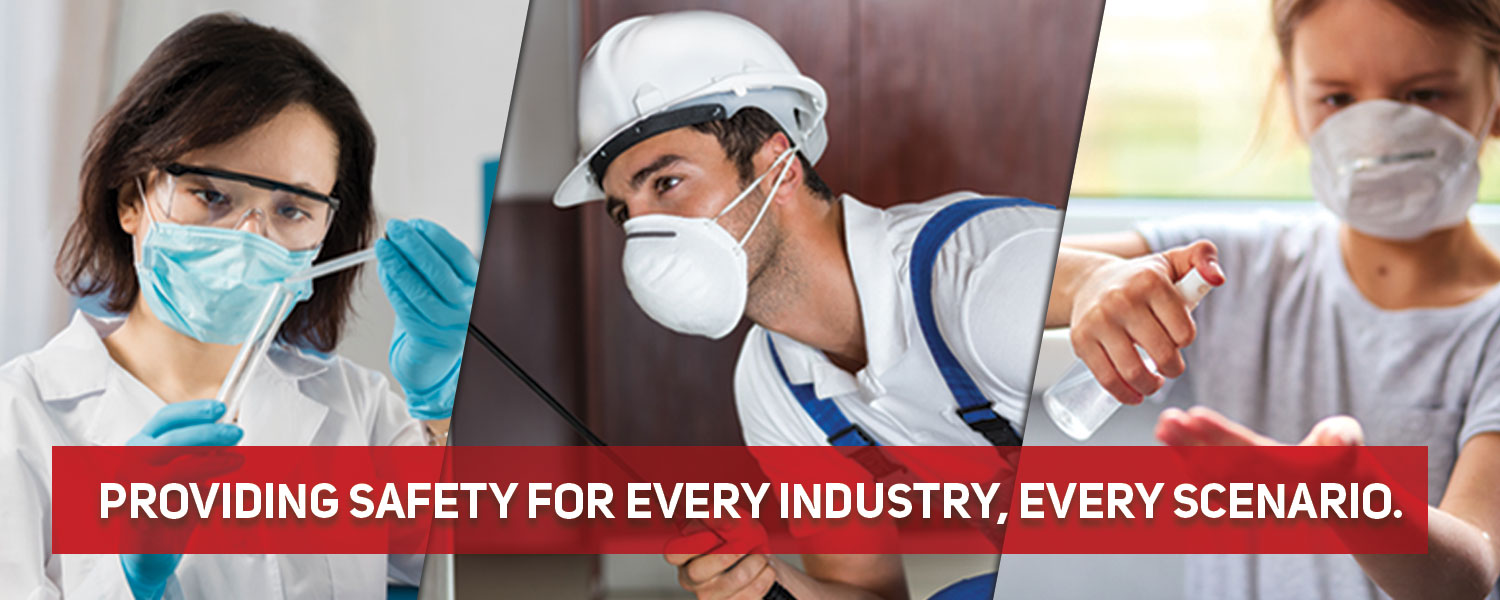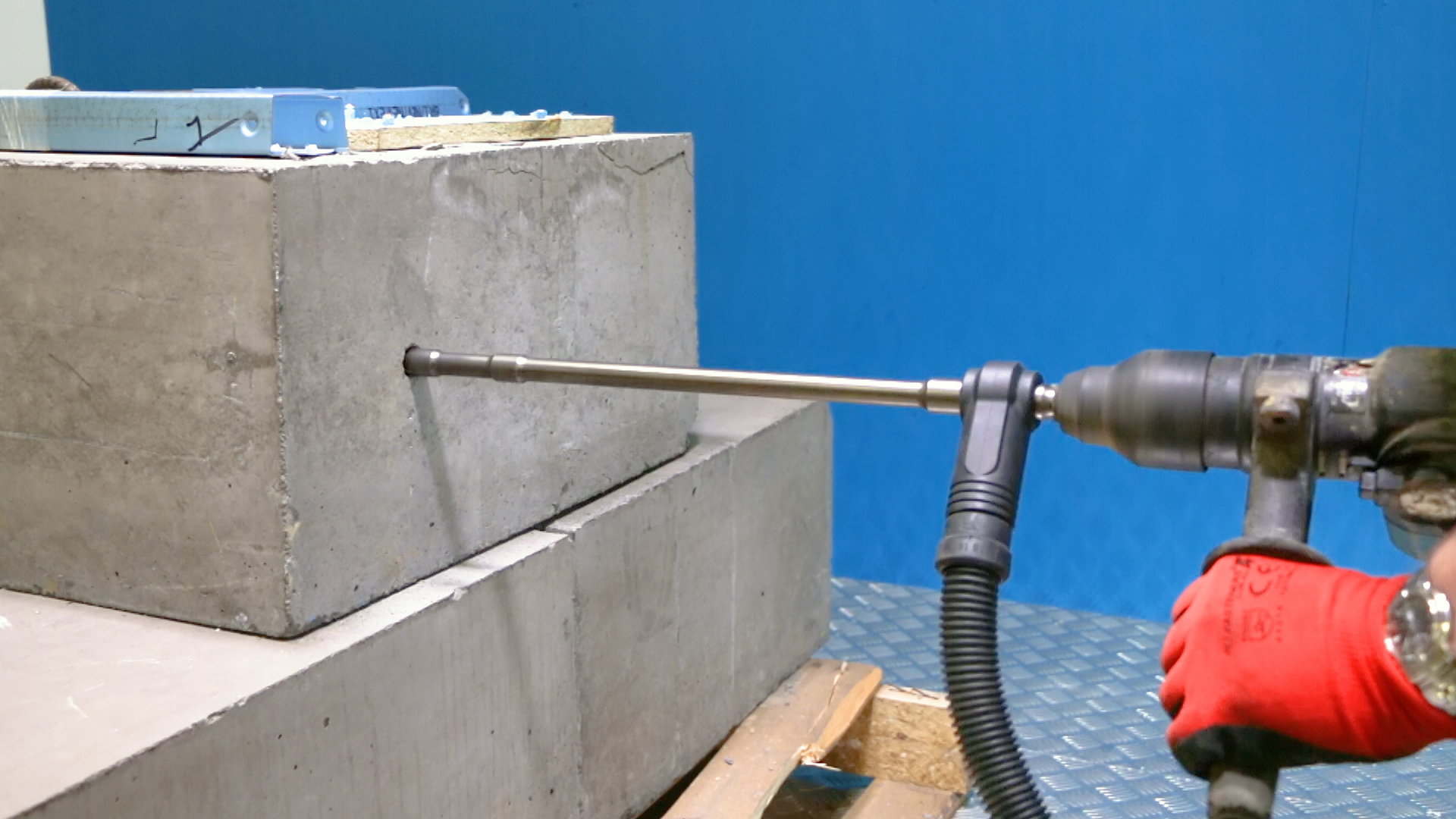Why Removing Concrete Dust Can Prevent Health Issues
Concrete is the second most used material on Earth, only behind water. With millions of people working with concrete each year, understanding the risk involved with the particles in concrete dust is very important.
What is Concrete Dust Made Of?
Concrete, and more importantly concrete dust, is made of many minerals, but the most known mineral to cause issues is silica – or silicon dioxide. Silica is a common mineral used in a variety of building material such as concrete, masonry, and brick to name a few. Thankfully silica is not toxic unless there are airborne particles small enough to be inhaled – thus the dust.
However, once the mineral is drilled, cut, or altered in any way to produce an airborne particle the silica can become harmful to your lungs. Once inhaled silica can lead to silicosis, which can be described as “an interstitial lung disease caused by breathing in tiny bits of silica, a common mineral found in many types of rock and soil. Over time,exposure to silica particles causes permanent lung scarring, called pulmonary fibrosis.” This according to the center for disease control.
In extreme cases silica has even led to lung cancer, this according to OSHA and the IARC – International Agency for Research on Cancer.
Sadly, both diseases currently have limited to no ways of being cured, so it is important to understand the best practices to protect oneself from harmful particles due to concrete dust.
How to Protect Myself?
Thankfully there is more than just one way to protect yourself from inhaling too much concrete dust. From products to best practices, there are some great ways to protect yourself and your peers from exposure.

Personal Protection Equipment (PPE)
The use of personal protection equipment or PPE can protect you from airborne particles, it’s in the name!
Using proper dust masks, disposable coveralls, and other face coverings can give personal protection. If you need protection for a larger area, ventilation pumps and hoses can be the solution. As they displace the dust in the air into a filter and push good air back out.
Water Down Dust
We have mentioned before how watering down dust and dirt on the jobsite helps to prevent dust particles from forming. You can read more about that here.
In short having water tank trucks on site to water down the surface gives the concrete dust something to stick to helping to prevent any particles become airborne.

Dustless Drill Bits
Dustless drill bits have a hose attachment that connect to a compatible shop vac to collect dust while drilling.
At Allfasteners we have our own line of dustless drill bits all designed for the ultimate dustless drilling experience. Both our SDS-MAX and SDS-Plus dustless drill bits will remove up to 98% of drill dust immediately while drilling – increasing your productivity by eliminating the need to blow and brush holes.
Both drill bits are ideal for indoor areas where dust build up can be at its worst, and each can be used in concrete, brick, stone, granite, and limestone.
Ask About More Options?
If you need help finding more ways to protect yourself from harmful concrete dust, contact one of our representatives. Our team is always ready and willing to provide a solution to your needs. Call 888.859.6060 or send us an email.



Comments